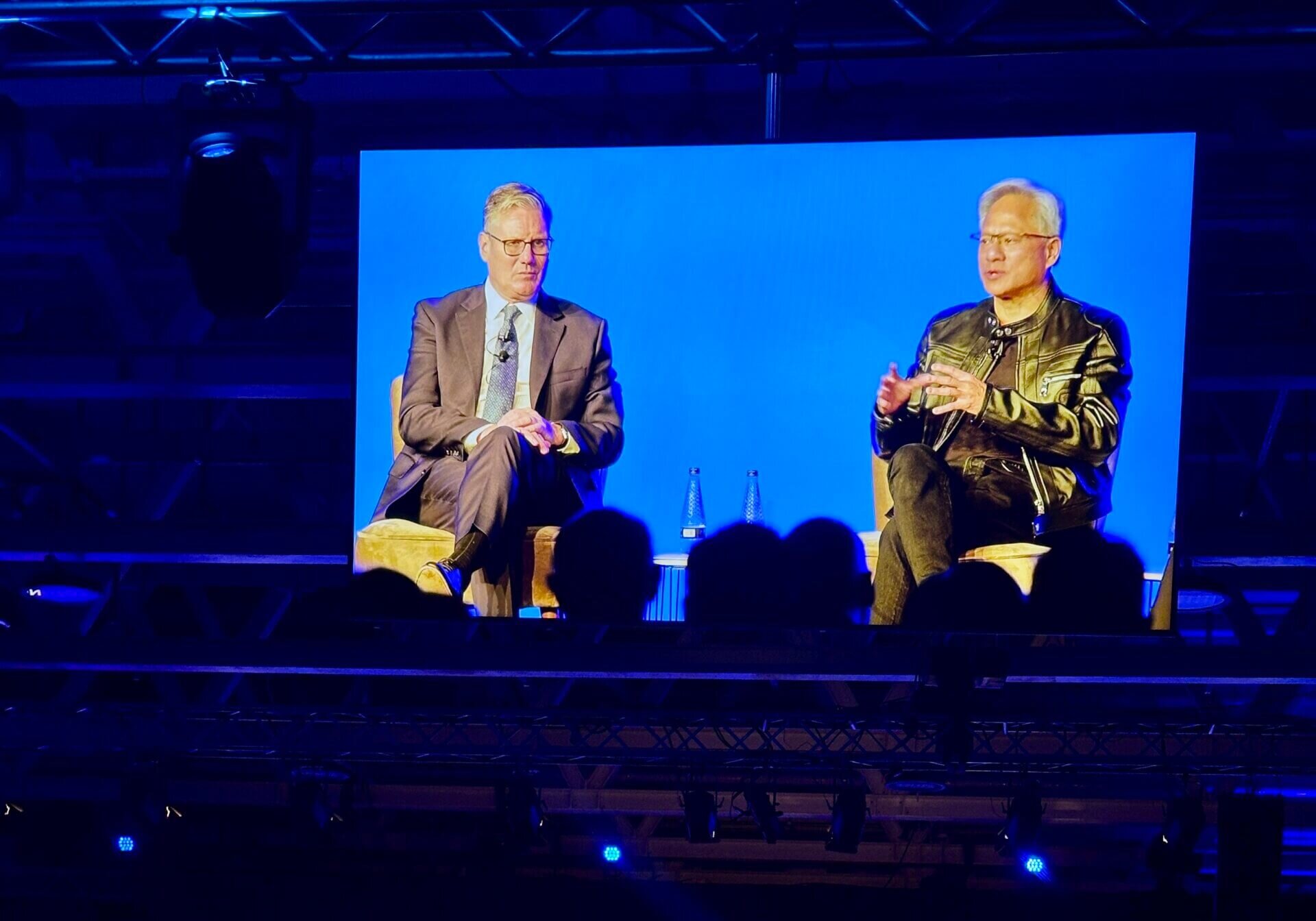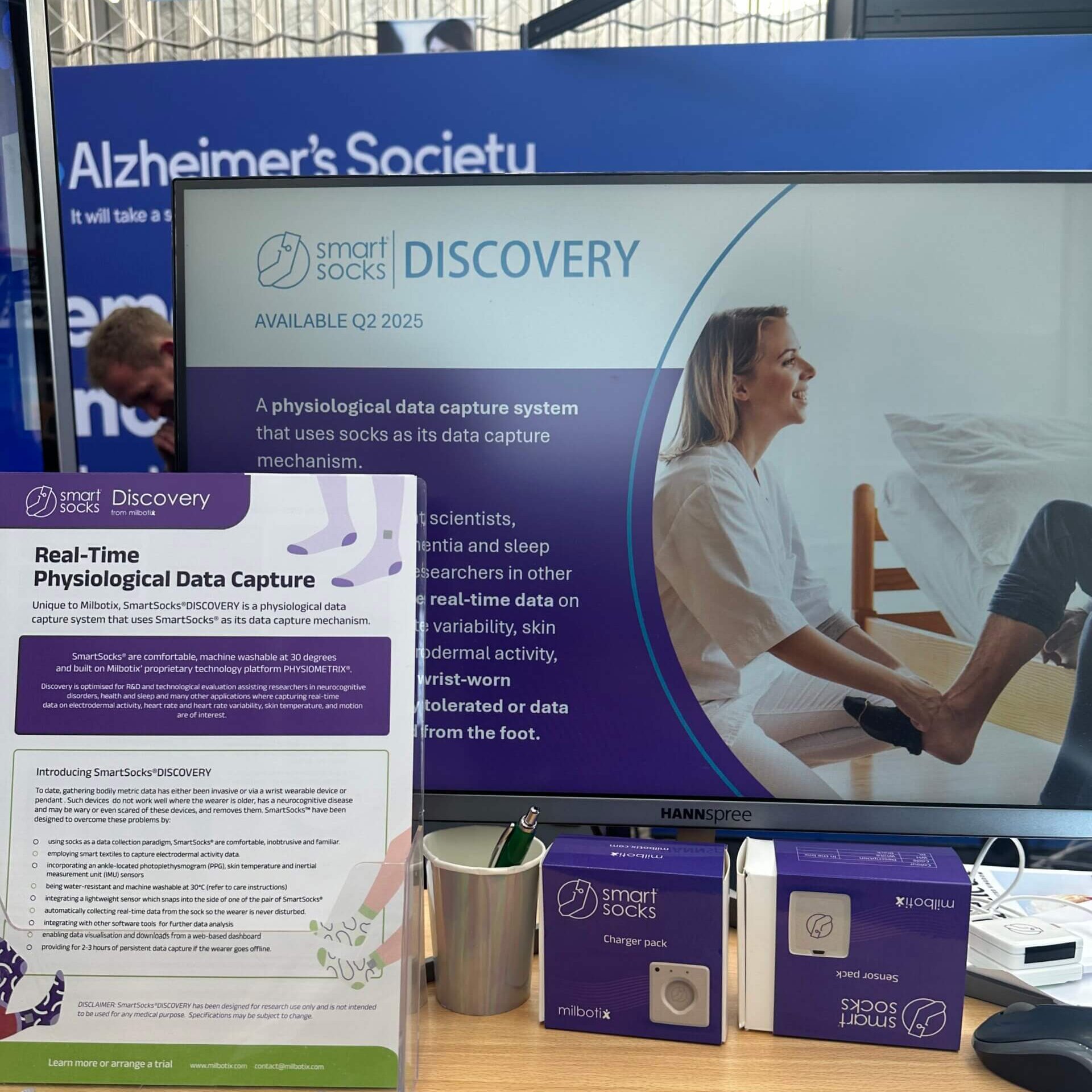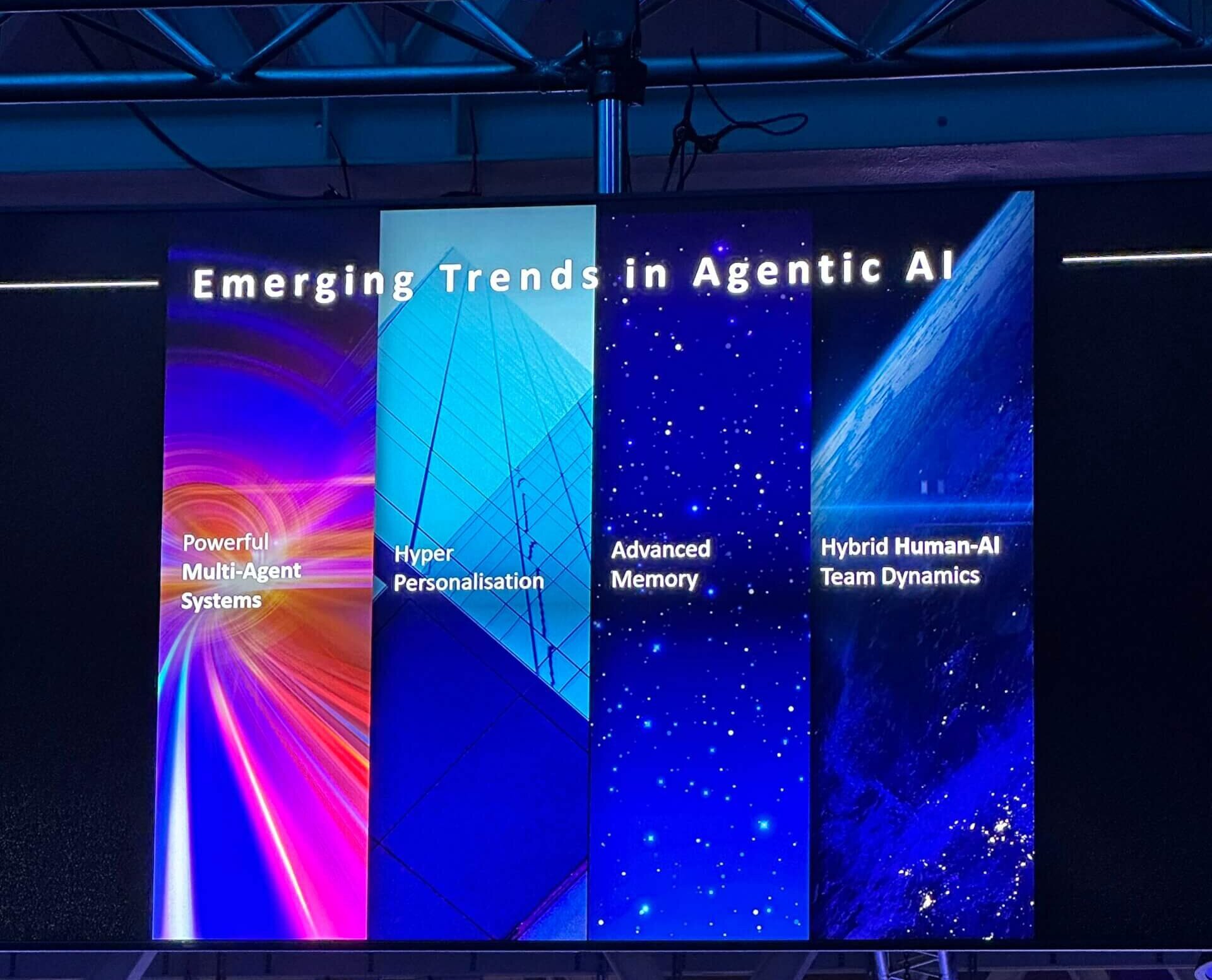 Insight Inside London Tech Week: The signals between the headlines
Insight Inside London Tech Week: The signals between the headlines

What 72 hours, 6 stages, and a pair of Smart Socks taught me about the future of tech and personal insight coming back from London Tech Week 2025.
For years I have asked: Where is tech in London? Who’s really building? Most replies tend to be polite nods and silver linings.
But last week I saw signals that something deeper is taking root. Here’s what stood out, not just in the headlines, but in the corridors and the demos not many were filming.
1. Tech is here…but only if you’re in the network.
Jensen Huang spoke of the UK’s Goldilocks conditions: top universities, balanced regulation, new liquidity.
But as Suranga Chandratillake from Balderton warned, the HMRC/policy web is still a weight.
⚡ Read the Tech Nation 2025 report here → https://lnkd.in/e2ETEpEA

2. Tech is getting invisible (and that’s a good thing.)
Smart tech is shrinking, softening, embedding. Like Zeke Steer smart socks that signal when a person with dementia is distressed. Graphene-based brain interfaces that weigh 1/10,000th of traditional implants. James X. Matthews talk on Ocado’s 3rd-gen bots was fascinating, but more interesting was how they started automation by cobbling together airline conveyer belts and whatever past tech they could find to test and learn from.
🧠 Invisible tech will empower more human design, but start from a baseline.

3. AI isn’t just big models, it’s frameworks, habits and daily gains.
Agentic AI will touch 30% of apps by 2028 (Gartner).
Take Sleepio: 15M prescriptions are written annually for insomnia in the UK. CBTi is far more effective, but access cost is patchy.
🤲 AI now makes it scalable, free on NHS, and embedded in real lives.
4. Trust is the new infrastructure.
Wikipedia’s Jimmy Wales said it best: “In trusting communities, everyone needs to learn to ask better questions.” Governance, AI safety, and verification aren’t back-office tasks, they are now product features.
🛡️ infogr8’s role? To help orgs visualise these trust layers in ways the board, partners and users understand.

5. From data storytelling → data simulation.
Digital twins used to be for mega projects. Now, anyone can simulate thanks to new access costs. Samuel Huber was talking about how an F1 twin, enabled safety teams to better understand and rehearse fire escape zones. Ikea’s Bryant Noice can test if people will actually use the product in their home. When people see a product in their space, they buy more recommendations.
🕹️ This is in some respects storytelling in new formats, but with clear ROI attached.
If you’re building in this space, especially on personal data, reflection, or simulation let’s connect. And if you saw something incredible at London Tech Week that most people missed, let’s connect.
